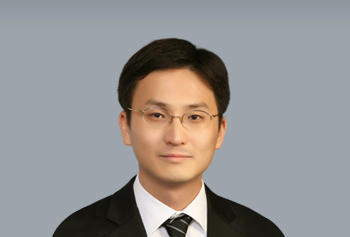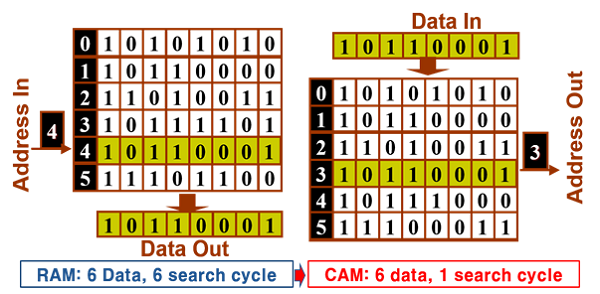Professor Choi Woo-young, Department of
Electronic Engineering,
Selected for Targeted Topic Research Support Project in the 2021 SSTF Fund
Grant Program

Professor Choi Woo-young’s
research in the Department of Electronic Engineering was finally selected for
the ‘2021 Targeted Topic Research Support Project (semiconductor device and
process field) in the Fund Grant Program of the Samsung Science &
Technology Foundation (SSTF).’
The SSTF Fund Grant Program is a public service project that Samsung Electronics has been conducting through donations of KRW 1.5 trillion since 2013, with the goal of nurturing and supporting science and technology to lead the future of Korea. Samsung Electronics announced that it would adopt 12 research projects in six fields, including ‘△Advanced AI △Next-generation encryption systems △B(Beyond) 5G&6G △Robotics △Next-generation displays △Semiconductor devices and process,’ totaling KRW 15.21 billion in support funds.
Professor Choi will receive a research grant of KRW 1.2 billion for the next three years for his research project ‘Development of a multi-bit content-addressable memory device that uses a single ferroelectric transistor and can evaluate data consistency.’ He plans to secure the source technology in the memory field by developing the world’s best content-addressable memory device.
Professor Choi introduced an alternative memory method called ‘content-addressable memory (CAM)’ in order to overcome the critical situation for existing memory dependent on random-access memory (RAM), such as SRAM, DRAM, and flash memory, which are not suitable for the high-speed and large-capacity data-retrieval required for big data and artificial intelligence fields, both of which have recently been in the spotlight.

▲ Diagram comparing operation methods between RAM (random-access memory), the mainstream of existing memory technology, and CAM (Content-Addressable Memory), to be developed in this study
Whereas the conventional random-access memory (RAM) was a sequential memory operation that relied on visible addresses, content-addressable memory (CAM) compares all data stored in memory with the data to be retrieved into parallel processing based on the content. As the study proceeds, it is expected to present an optimal solution to the current technological situation where the data capacity increases and the demand for high-speed search operations also needs to be increased.
